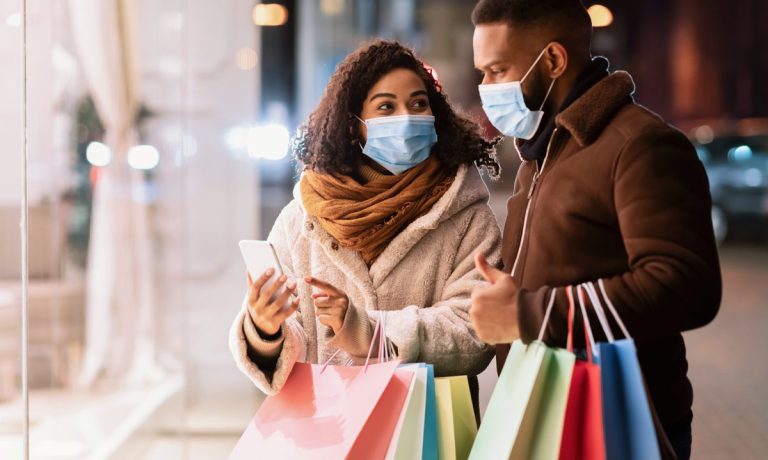
Retail sales posted their biggest gain in 10 months in January, bouncing back 3.8% after a sharp — and revised lower — 2.5% decline in December, according to a Wednesday (Feb. 16) press release from the U.S. Department of Commerce.
The retail rebound was led by a 14.5% increase in eCommerce or so-called non-store retailers, followed by a 9.2% jump at department stores, a 7.2% increase in furniture and home furnishings, and 4.1% month-on-month pop in building materials and garden equipment.
On the flip side, specialty stores, under the sporting goods, hobby, musical instrument and book store heading, slid 3%, with gas stations (-1.3%), food service and drinking places (-0.9%) and health and personal care stores (-0.3) the only decliners among 16 different business types measured.
With food, fuel and auto sales backed out, the core retail trade sales figure rose 4.4% versus December and 11.4% compared to January 2021, the Commerce Department said.
“The only weak spots were spending at restaurants and bars and at gasoline stations,” Grant Thornton Chief Economist Diane Swonk said via her Twitter account. “Deliveries were not enough to offset the slowdown in in-person dining and pull back in travel and tourism.”
The only weak spots were spending at restaurants & bars and at gasoline stations. Deliveries were not enough to offset the slowdown in in-person dining and pull back in travel and tourism.
— Diane Swonk (@DianeSwonk) February 16, 2022
The total annual retail sales gain for January was 13%, but economists warn that over half that advance can be attributed to inflation, which was last reported to be running at a 40-year high of 7.5%.
Read more: Inflation Reaches 7.5%, Breaking 40-Year Record
Post Omicron Pop
The federal data comes less than a week after the latest Mastercard SpendingPulse report, which showed retail sales rising 7.2% last month, with digital sales jumping 10.4% after more than doubling from pre-pandemic levels over the past two years.
“The strong growth across sectors reflects the optimism and eagerness for the year ahead,” Steve Sadove, senior advisor for Mastercard and former CEO and Chairman of Saks Fifth Avenue, said in a statement, adding consumers looked to be “returning to their shopping habits with a continued emphasis on digital.”
With a projected double-digit advance in Valentine’s Day spending, personal spending increases that continue to outpace more modest income gains, U.S. consumers continue to show an appetite to spend, often through a willingness to take on additional debt or to spread out purchase payments over a period of weeks or months via buy now, pay later (BNPL) plans.
See more: Valentine’s Day 2022 Set to Be a $24B Lovefest Despite Price and Product Issues
Read also: US Household Debt Increased $333B in Q4 of 2021
While this consumption confidence is clear, new PYMNTS data show that more than 60% of consumers are now living on a paycheck-to-paycheck basis, with little-to-no financial cushion or savings left over after bills are paid, or struggling to make an emergency $400 payment.
See more: 61% of the US Population Living Paycheck to Paycheck
Read also: Gen Z Consumers Would Struggle Most to Pay $400 Emergency Expense